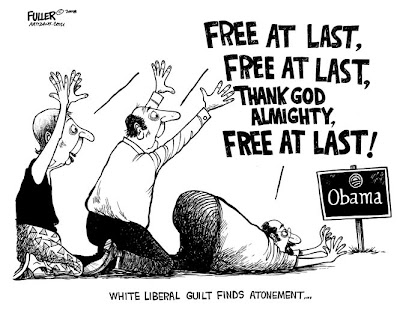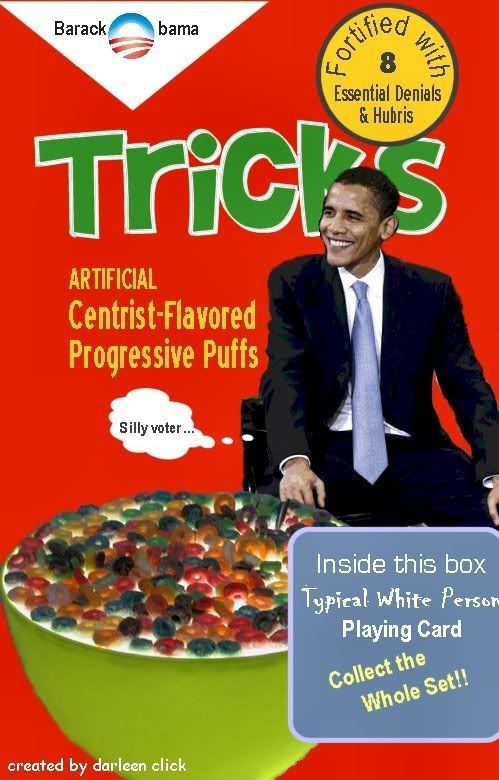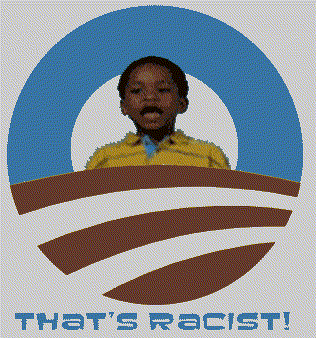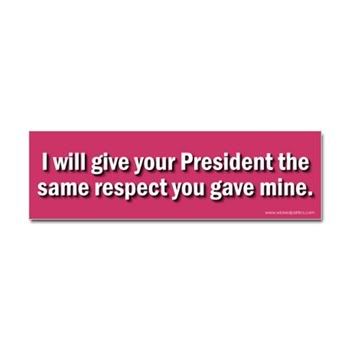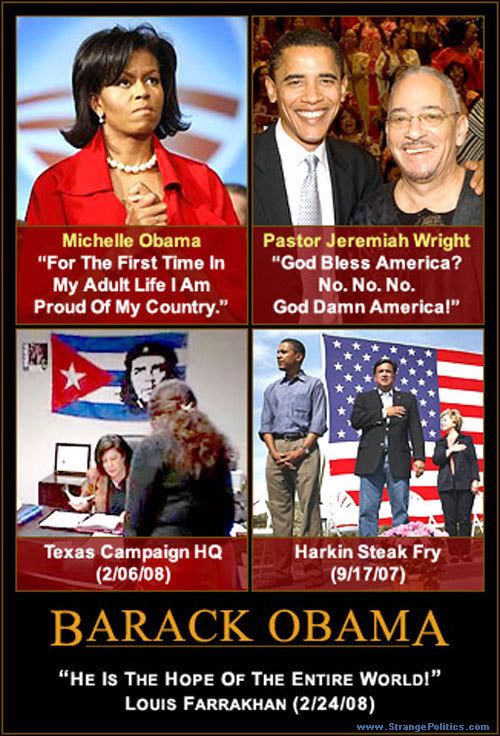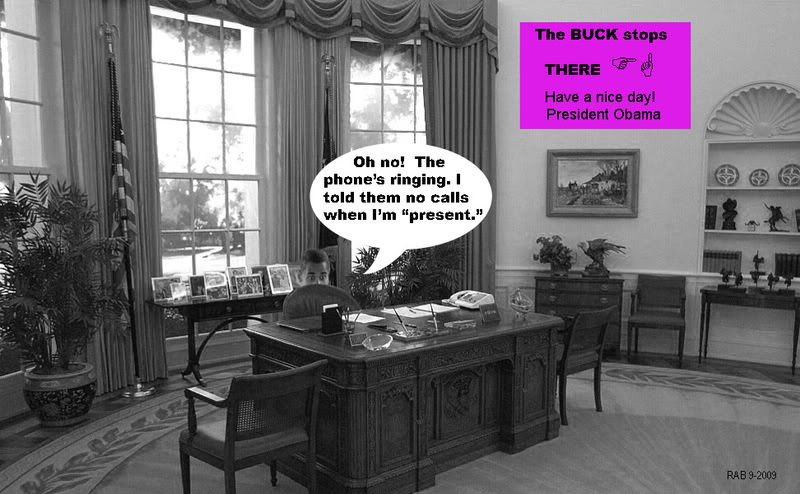From a press release by George Washington University’s Campaign Finance Institute:

REALITY CHECK: Obama Received About the Same Percentage from Small Donors in 2008 as Bush in 2004
11/24/2008
Obama also raised 80% more from large donors than small, outstripping all rivals and predecessors
It turns out that Barack Obama’s donors may not have been quite as different as we had thought. Throughout the election season, this organization and others have been reporting that Obama received about half of his discrete contributions in amounts of $200 or less. The Campaign Finance Institute (CFI) noted in past releases that donations are not the same as donors, since many people give more than once. After a more thorough analysis of data from the Federal Election Commission (FEC), it has become clear that repeaters and large donors were even more important for Obama than we or other analysts had fully appreciated…
To look more fully at presidential candidates’ fundraising during this cycle, CFI conducted an extensive analysis of FEC records to identify repeat donors and to categorize each donor’s giving according to the cumulative amount he or she gave over the course of a full election cycle.
Although an unusually high percentage (49%) of Obama’s funds came in discrete contributions of $200 or less (see Table 3), only 26% of his money through August 31 (and 24% of his funds through October 15, according to the most recent FEC reports) came from donors whose total contributions aggregated to $200 or less. Obama’s 26% compares to 25% for George W. Bush in 2004, 20% for John Kerry in 2004, 21% for John McCain in 2008, 13% for Hillary Clinton in 2008, and 38% for Howard Dean in 2004.
After merging the donor records, combining multiple records from those who gave more than one disclosed contribution, CFI concluded that about 403,000 different people had given enough money (more than $200) by August 31 to have their names disclosed. This increased to about 580,000 by October 15. By comparison, CFI found that about 475,000 discrete donors gave disclosed contributions to all candidates combined in 2003-2004.
Obama raised 27% of his money from people whose aggregated contributions fell in a middle range ($201-$999). John Kerry, who also relied on Internet fundraising after clinching the nomination, raised an almost comparable 24% from mid-range donors. McCain’s mid-range supplied 20% of his total. Bush received only 13% from this group.
Many of the repeat donors who started off small ended up in the $201-$999 middle range. Among Obama’s total pool of 403,000 disclosed donors on August 31, more than half (about 212,000) started off by giving undisclosed contributions of $200 or less. About 93,000 of these repeaters gave in cumulative amounts of no more than $400 for the full primary season. Another 106,000 repeaters ended up between $401 and $999. By comparison, Clinton and McCain each had about 100,000 donors in the entire $201-$999 middle range, and for them the number included both repeaters and one-time givers…
We know less about people who stayed at $200 or below because $201 is the trigger for FEC disclosure. Obama’s staff says that more than 3 million people contributed to his campaign. We cannot verify this number independently but we consider it to be plausible…
None of these findings denies the importance of either Obama’s appeal to repeat donors or his innovative use of online social networking tools to interweave appeals for contributions and critically important campaign volunteers. In particular, Obama did attract repeaters who have not been part of the traditional large-dollar, reception-attending fundraising crowd. The fact is that Obama’s financial juggernaut broke records at all contribution levels. The reality does not match the myth, but the reality itself was impressive.
It’s a bit hard to follow the point of this study. But, despite reports to the contrary, Mr. Obama got contributions from “small donors” who only gave $200 or less at nearly the same rate that other candidates have in the past.
The big difference is that so many of Obama’s supporters gave him numerous contributions of $200 or less. Donors who ended up giving him more than $201.
It turns out that Obama got a far greater number of such “repeat” contributors than anyone ever has since such records have been kept.
Why is that?
As the article notes, $201 is the trigger for FEC disclosure.
Which begs the question: Did a large number of his contributors want to be under the disclosure limit?
Mr. Obama’s very own aunt, Zeituni Onyango, is a prime example. The Obama campaign admits that she gave $260 to her nephew’s campaign (despite it being illegal for illegal aliens to do so).
But because she gave her donations in increments smaller than 200 her contributions do not show up via the FEC search engine, or even Newsmeat’s. Though, oddly enough, they do at Zsa Zsa Huffington’s Fundrace 2008 site.
(Bear in mind, as the article also notes, these numbers are from the Obama campaign itself, since they concern donors who were below the disclosure threshold.)
Still, isn’t the real news from this study that a highly unusual number of donors gave contributions to Obama of more than $201 dollars, but did so in a way to keep from having their names disclosed?
Why did they do that?
Weirdly, the supposedly non-partisan Campaign Finance Institute does not seem curious about that angle at all.
 to Rush ( His idea during the Clinton plague upon America ) I am starting a file on “The One,” mostly starting from the election date.
to Rush ( His idea during the Clinton plague upon America ) I am starting a file on “The One,” mostly starting from the election date. 







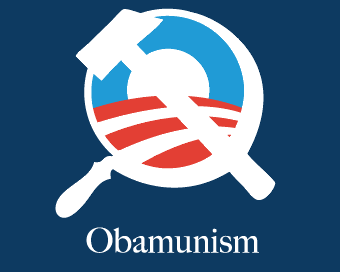

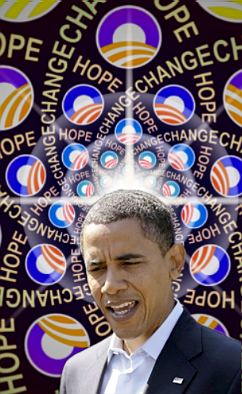 The election results were long expected, but now that the day has arrived it’s quite a letdown, anyway. Reading about the joy expressed by Hamas and Syria and Italy and Indonesia… contemplating Obama’s Secretary of State, or (God help us) Defense… Thinking about the USA becoming just like Sweden, only with a real army, and aircraft carriers, and nukes… First Lady Michelle…
The election results were long expected, but now that the day has arrived it’s quite a letdown, anyway. Reading about the joy expressed by Hamas and Syria and Italy and Indonesia… contemplating Obama’s Secretary of State, or (God help us) Defense… Thinking about the USA becoming just like Sweden, only with a real army, and aircraft carriers, and nukes… First Lady Michelle… Mahmoud Ahmadinejad.
Mahmoud Ahmadinejad.

